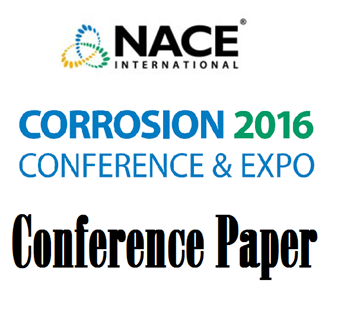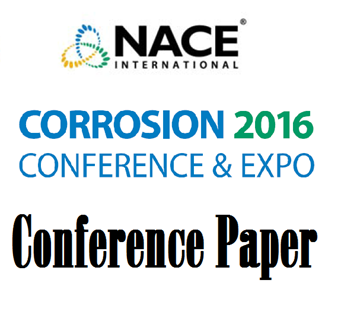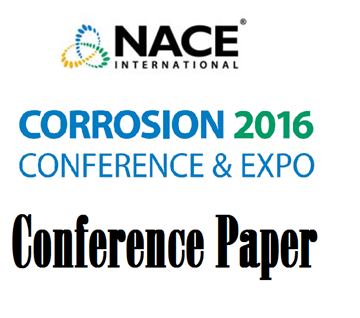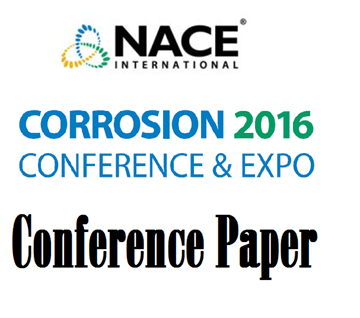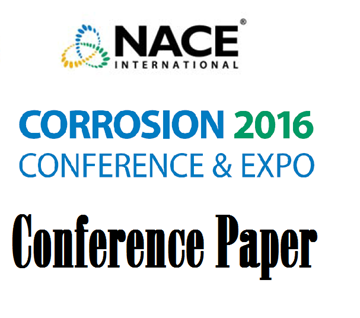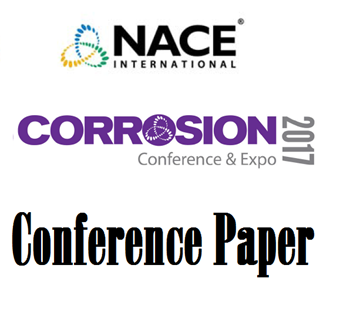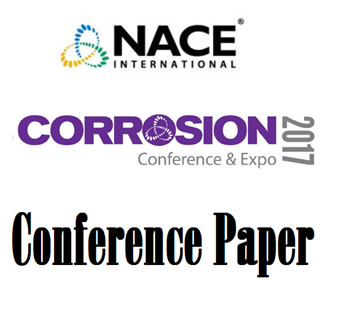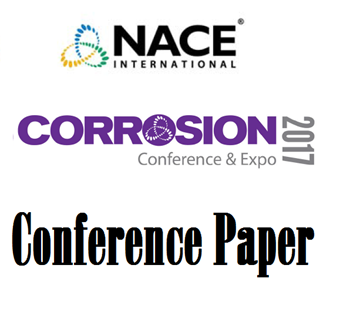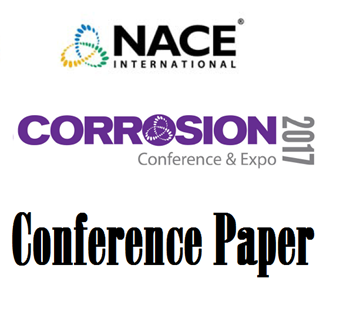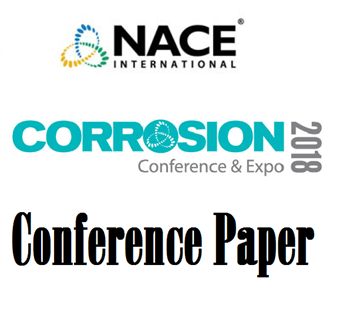Search
Cathodic Protection
View as
Sort by
Display
per page
51316-7175-Cathodic Protection of Concrete Caissons and Deck of a Ship Repair Yard
Product Number:
51316-7175-SG
ISBN:
7175 2016 CP
Publication Date:
2016
$20.00
51316-7186-Corrosion Control Of On-Grade Petroleum Products Storage Tank Bottoms Using Impressed Current Cathodic Protection System with Continuous Anode Bed
Product Number:
51316-7186-SG
ISBN:
7186 2016 CP
Publication Date:
2016
$20.00
51316-7211-Impact of Charging Conditions and Membrane Thickness on Hydrogen Permeation: Thick/Thin Membrane Concepts Revisited
Product Number:
51316-7211-SG
ISBN:
7211 2016 CP
Publication Date:
2016
$20.00
51316-7212-Formation of Galvanic Cells and Localized Corrosion under Atmospheric Conditions
Product Number:
51316-7212-SG
ISBN:
7212 2016 CP
Publication Date:
2016
$20.00
51316-7303- Optimization cathodic protection design for offshore platform: Solution for the contradiction of big initial and small mean current density by wing section sacrificial anode
Product Number:
51316-7303-SG
ISBN:
7303 2016 CP
Publication Date:
2016
$20.00
51317-8974-A Simplified Model to Simulate Electrolytic Coupling in Cased Pipeline Crossings
Product Number:
51317-8974-SG
Publication Date:
2017
$20.00
51317--9362-Cathodic Protection of Stainless Steel 316L Rotating Screens on Seawater Intake Structures
Product Number:
51317--9362-SG
ISBN:
9362 2017 CP
Publication Date:
2017
$20.00
51317--9505-Automated Waveform Analysis: Advanced CP Data Processing and Analysis for Corrosion Monitoring
Product Number:
51317--9505-SG
ISBN:
9505 2017 CP
Publication Date:
2017
$20.00
51317--9550-Challenges in Providing Effective Cathodic Protection to Thermally Insulated Pipeline Risers
Product Number:
51317--9550-SG
ISBN:
9550 2017 CP
Publication Date:
2017
$20.00
51317--9672-Optimization of CP Design with Consideration of Temperature Variation for Offshore Structure
Product Number:
51317--9672-SG
ISBN:
9672 2017 CP
Publication Date:
2017
$20.00
51317--9700-Galvanic Cathodic Protection for High Resistance Concrete in Marine Environments
Product Number:
51317--9700-SG
ISBN:
9700 2017 CP
Publication Date:
2017
$20.00
51318-10544-Cathodic Protection, Coatings that Shield Cathodic Protection, Stress Corrosion Cracking and Corrosion Assessment in Aging Coated Pipe Lines and Buried Utility Structures
Product Number:
51318-10544-SG
Publication Date:
2018
$20.00

